Oh, look, it’s your grandpa’s rusty old shotgun. Ho hum. Not very tactical, is it? Its kinda heavy too. It wasn’t especially pretty to look at when it was new, and there’s not much original bluing left now. Who cares about an old Remington Model 11?
I do. Folks, allow me to show you a gun built to last. Before the invention of metal injection molding. Before the invention of plastic, for crying out loud. Before the idea of planned obsolescence. This semi-automatic 12 gauge is nearly 100 years old and still functions flawlessly using all its original springs. How did they do that?
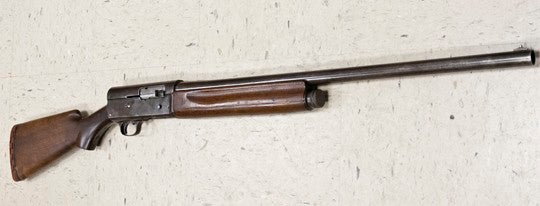
Lets pull the fire control group and take a look at it. First, it is super simple. Compare this to the Mossberg 500 fire control group, which is a mess of tiny springs, levers and detents all encased in a giant plastic tub. This fire control group is a marvel of simplicity. Second, it is built completely from milled steel components. Even the trigger guard itself started as a solid hunk of hard steel which had to be machined down to its final shape. There was no computer aided manufacturing machine. Somebody at Remington sat down behind a manually controlled mill and cut each of these parts with impeccable precision. Note the tiny roller installed in the rear of the hammer, which rests on the huge leaf spring running the length of the assembly. That spring has plenty of tension left, I bet it will set off primers for another hundred years. As a result of attention to details like this, the trigger still functions perfectly with a pull of 2 pounds 10 ounces. A new Mossberg 500 trigger measures almost 9 pounds on the same digital gauge.
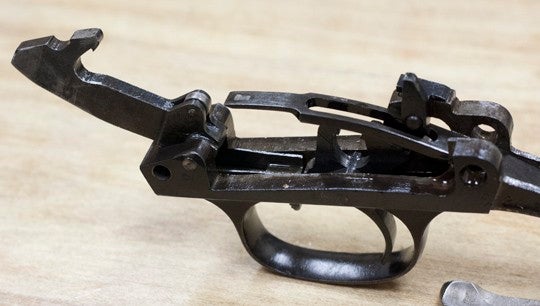
Speaking of milled components, check out the quality of the bolt/carrier group and the shell lifter. These days the shell lifter would be made from a stamped sheet of flat metal, and the bolt carrier would be finished roughly and then bead-blasted to hide the tooling marks (I have seen this even on top of the line Winchester SX-3 shotguns that sell for over a thousand dollars). There is some pitting on these parts from surface rust forming over the years, but you can still see how nicely polished they originally were. More importantly, they are still functioning perfectly with very little wear showing after all these years. I don’t think they will ever wear out.
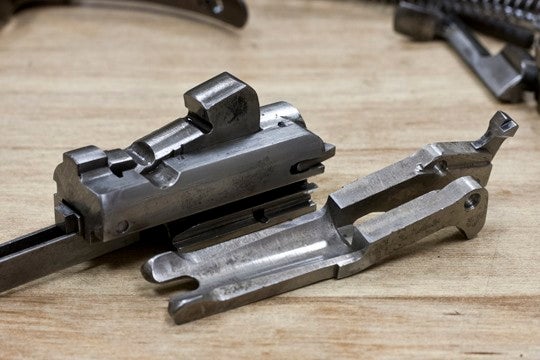
The Remington 11 is basically a copy of the iconic Browning Auto 5, and was the first semi-automatic shotgun produced in the United States. It functions using the long recoil principle, meaning that the whole barrel actually moves to the rear each time it fires, pushing the bolt along with it for a distance longer than the actual shell being fired (about two and a half inches). That’s it. No gas system, no O-rings to wear out, no little pistons to clog up and get stuck.The barrel must then return to its original position before the bolt returns to battery with a fresh shell. This must require a pretty beefy recoil spring, right? How about this one:
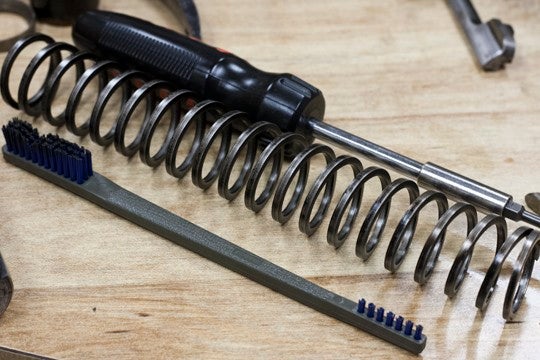
It is difficult to describe how strong this spring is. I can’t find its specified weight anywhere, but I got some good laughs passing it around and asking various guys at the shop to try to squeeze it with their hands. I reckon that around 50 pounds of pressure would fully compress it. When will it wear out and need replacing? Ever?
There is one last old school quirk I want to show you. The action spring that returns the bolt and carrier to battery resides in a metal tube passing through the length of the stock. In that tube you will find a short spring guide that keeps the spring from binding as it is compressed. Nowadays, this would be made of plastic or perhaps delrin. But when this gun was built, plastic hadn’t been invented yet. Yup, it’s a wooden spring guide. And still working.
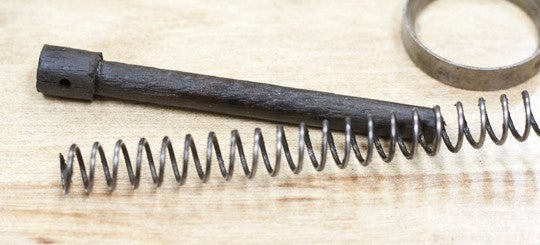
Old guns are underrated guns. If I proposed in 2013 that Remington make a new edition of the Model 11, they certainly would have the manufacturing techniques to do so. But how much would it cost now to make a shotgun with no plastic at all, with no castings, with even the trigger guard and magazine tube cap milled from solid hunks of hardened steel? What would such a gun retail for? $1,500? $2,000? Yet somehow I see Remington 11s in good working order selling on Gunbroker.com for less than $300. See what I mean? They aren’t new. They aren’t tactical. But they were built to last.
 Your Privacy Choices
Your Privacy Choices
